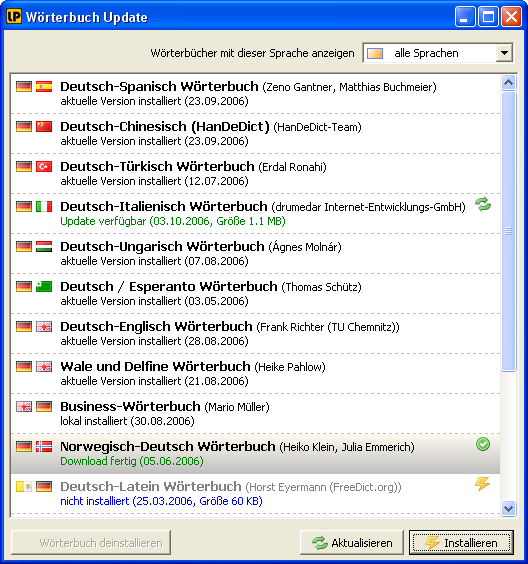

To form a correct rule, a speaker has to frequently execute the correct sentences related to the rule.

The formation of correct rules is often a difficult process. One also needs to consider the usefulness to effort ratio and the “permanent damage” theory.)įormation of Rules of the Target Language I’ll leave the silent period hypothesis aside. If one insists on speaking from the very start and without paying attention to phonology, automatization results in a lot of fossilized errors and fossilization is unfortunately the strongest and most difficult to eradicate at the phonological level. However, unlike the early bird, he will always be able to rely on his good ear for the language. Even after a long silent period the learner's pronunciation will suffer while he struggles to build sentences. (Comment: Pronunciation does improve with language use, regardless of the initial silent period. Phonology is likely to develop in the same way… As the learner improves his or her fluency in the target language through numerous repetitions in listening and speaking, he or she may acquire the ability to execute this rule through the direct pathway. Other aspects of grammar may be the same. When the speaker gets into the target language mode,the target language order may be executed through the direct pathway with the competing order being inhibited by the indirect pathway. Whenever a second language speaker utters a sentence, perhaps there may be two competing word orders in the speaker’s brain, one probably from his or her first language and another from the target language. For example, the choice of word order may be the result of basal ganglia function. Finaly the learner acquires the ability to execute the rules through the direct pathway of the BG. Through numerous repetitive inputs of the target language and its production, a second language speaker may slowly build up stronger synapses among participating neurons in the cortex and basal ganglia, which represent the syntactic and phonological rules of the target language. Learning and producing the phonology and grammar of a target language probably involve both the direct pathway and the indirect pathway. Whenever a second language speaker uses one of the fixed expression, he or she may simply activate the relevant basal ganglia circuit so that he or she does not need to apply a grammar rule or a phonological rule step by step.Īutomatization of Syntax and Phonology: DP and IP Previously, we discussed how the BG participates in the process of chunking the cortically distributed information into a unitary sequence through convergence, divergence and reconvergence.

This phenomenon may be explained by the chunking mechanism of the BG. Some researchers have noticed that second language learners tend to learn frequently co-occurring words and delexicalized chunks (Sinclair 1991 Tannen, 1989). Knowledge about the BG functions may have important implications for the area of linguistics in general and SLA in particular.

This may be why BG-lesion patients cannot produce their first language in spite of their intact declarative memory system. In contrast, a first language may have been almost completely proceduralized without leaving much of a trace in the declarative system. When a patient suffers a BG lesion, the parts of the second language that have already been proceduralized wil be damaged, but other parts of SL that have not been proceduralized will be preserved. Although the automatization of a second language through the BD is ongoing, it may not be complete. The interesting fact that the patients’ second languages are better preserved may imply that their second languages are processed more by the declarative memory system. Additionally a polyglot’s more fluent language tends to be more seriously damaged than a less fluent language. According to Fabbro (1999), basal ganglia aphasics develop symptoms such as reduced voice volume, foreign accent syndrome, perseveration (involuntary repetition of words, syllables etc.), and agrammatism. “Aphasic syndromes caused by BG (basal ganglia) lesions indicate what roles the BG may play in language functions. Excerpts from “The Neurobiology of Learning”īy John H.


 0 kommentar(er)
0 kommentar(er)
